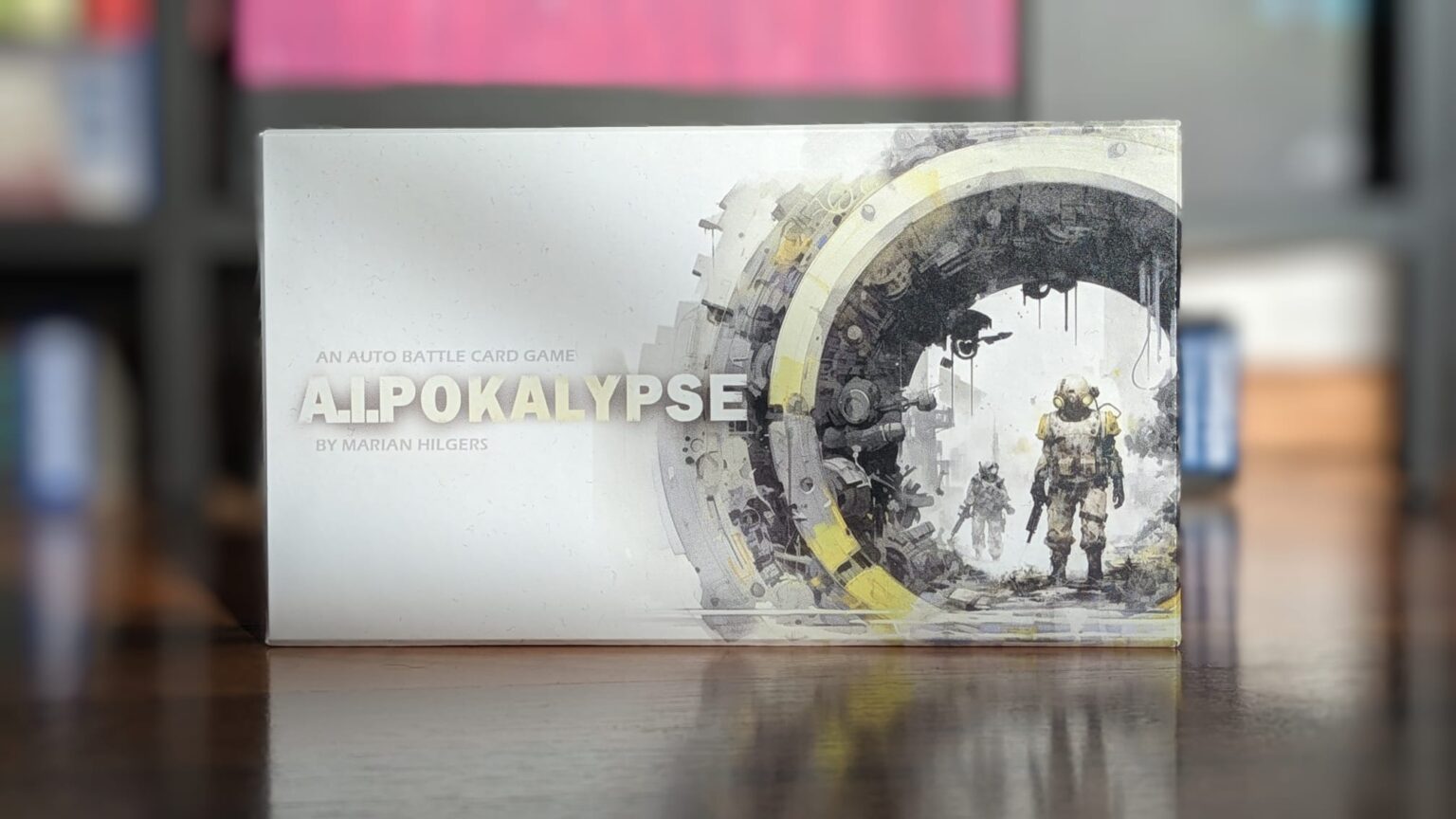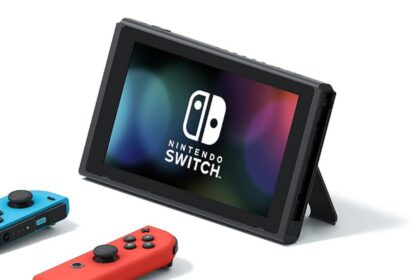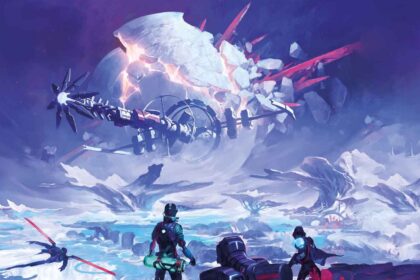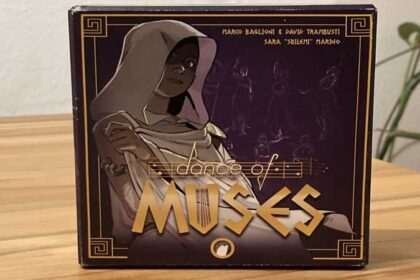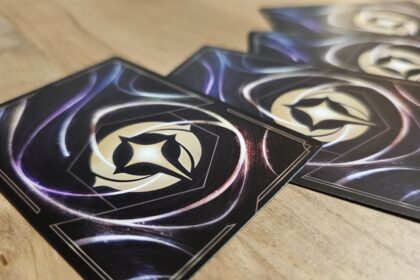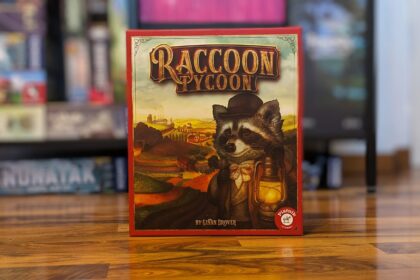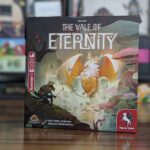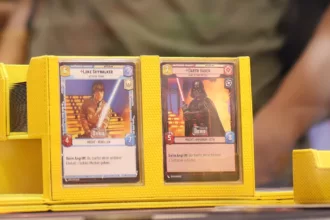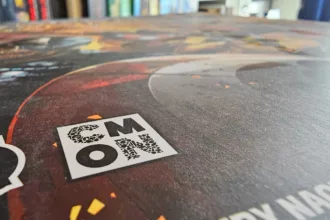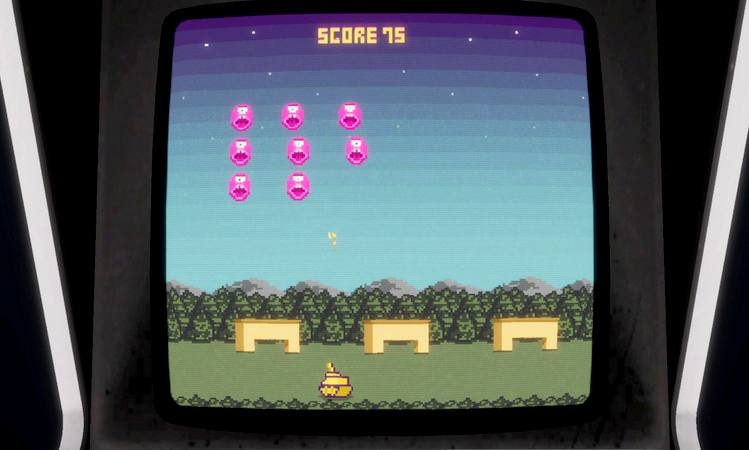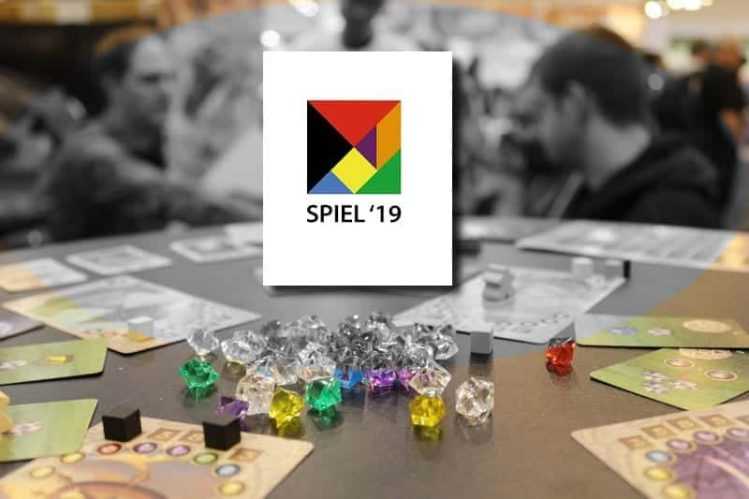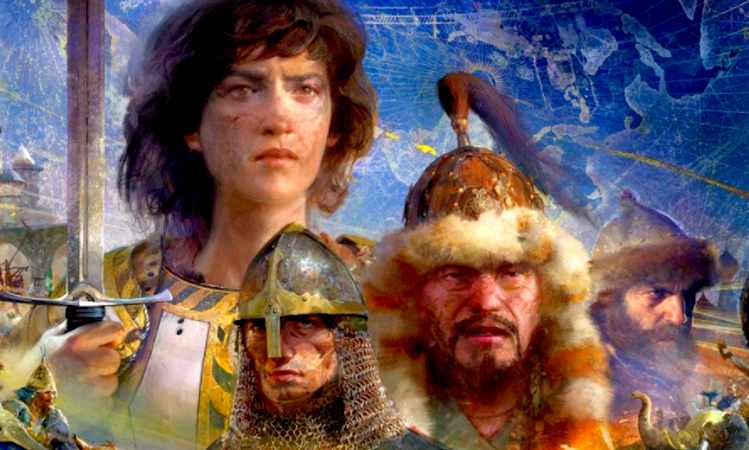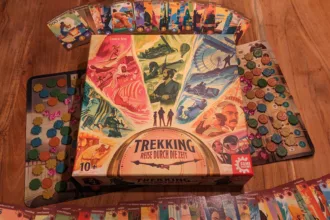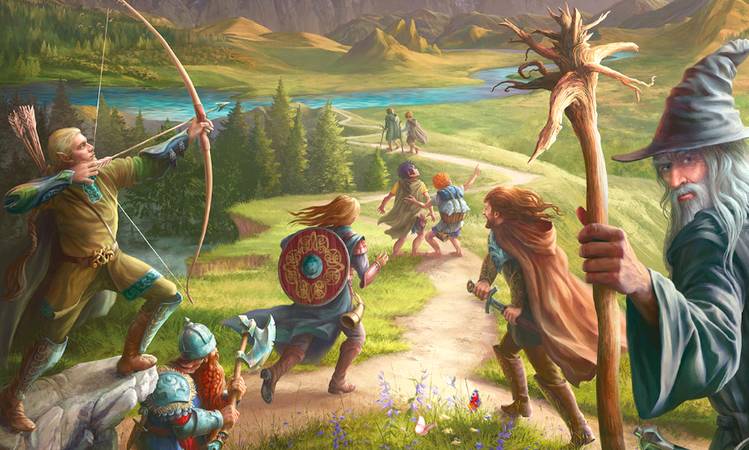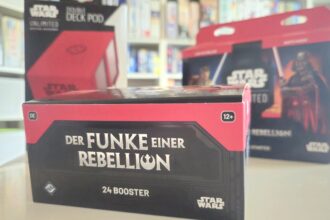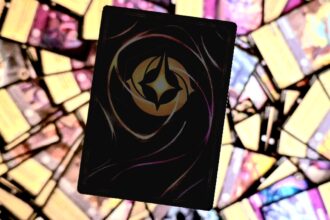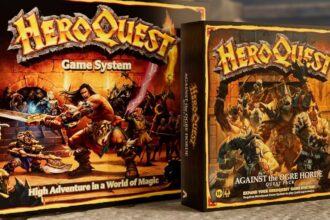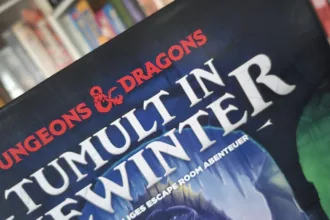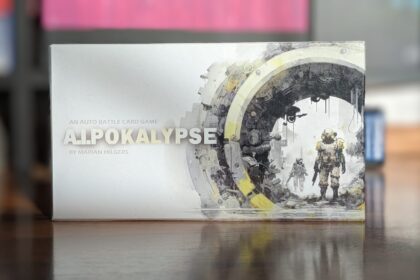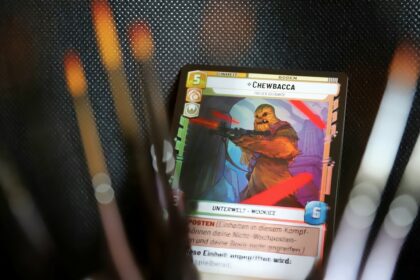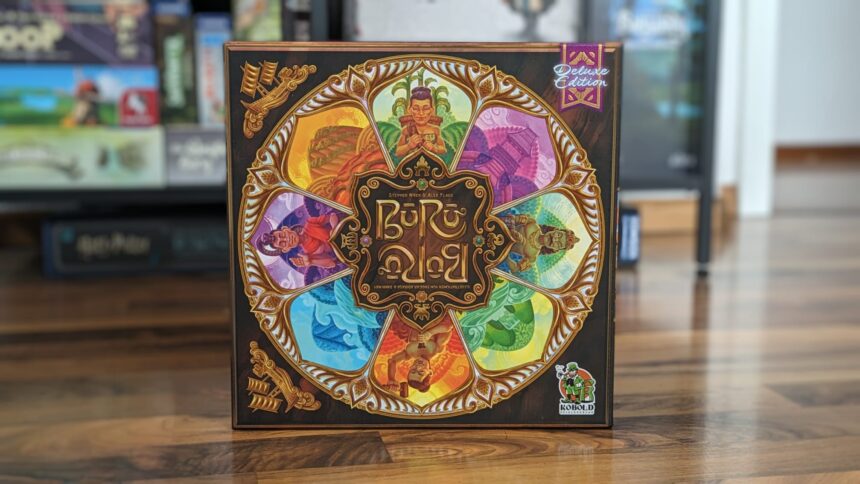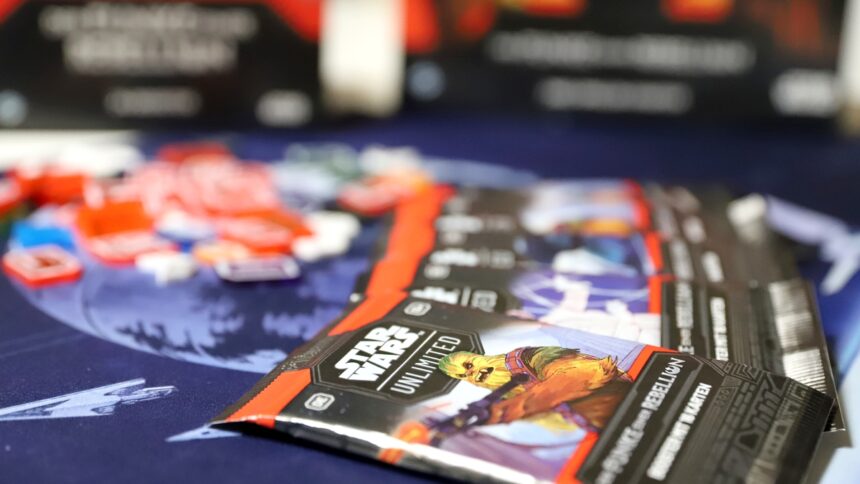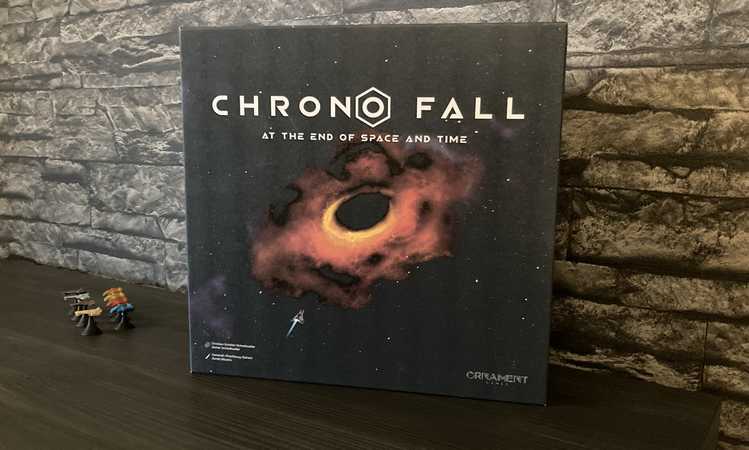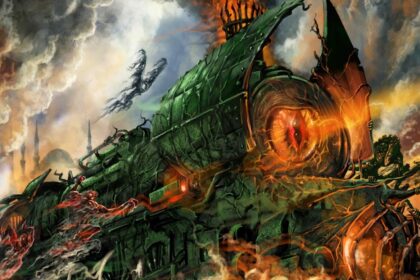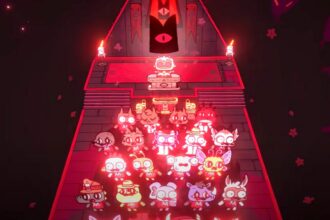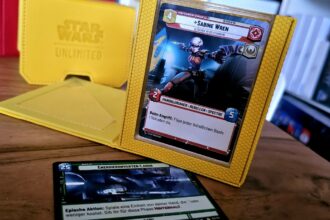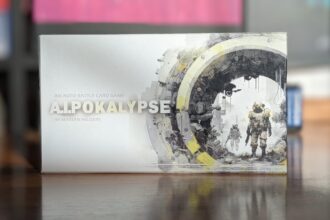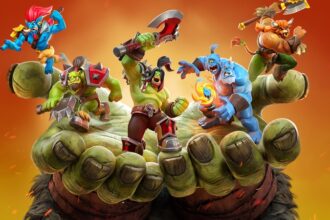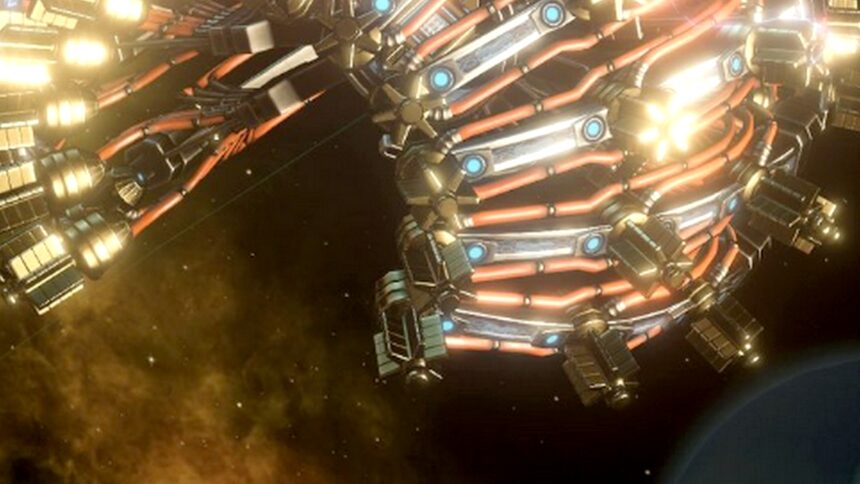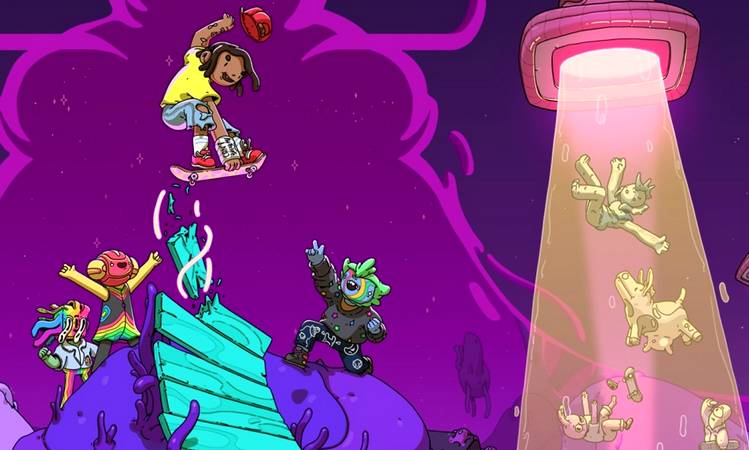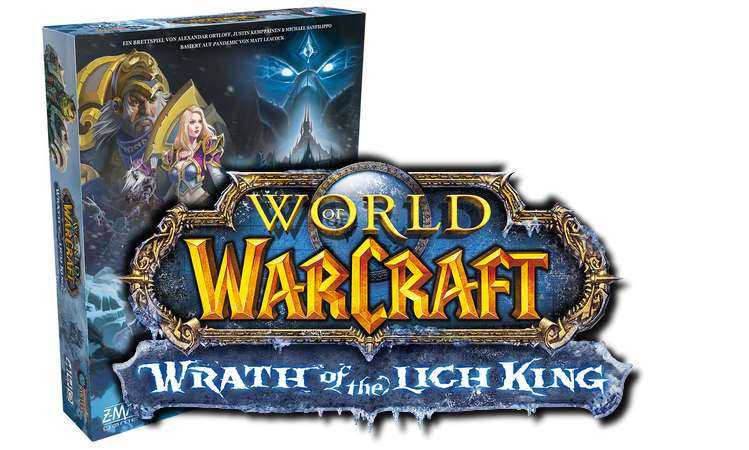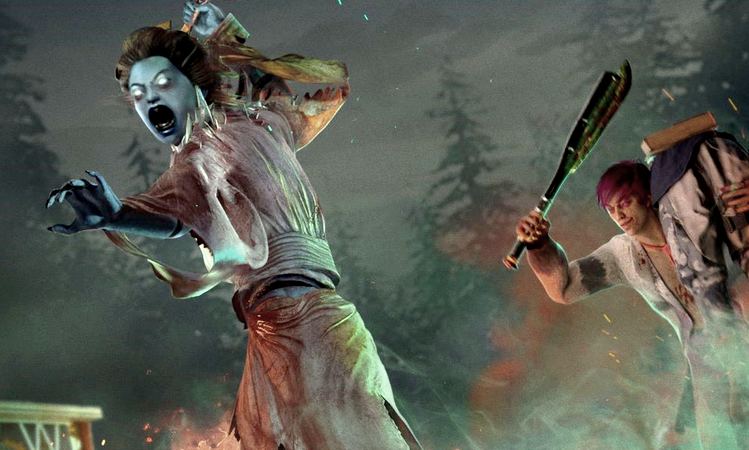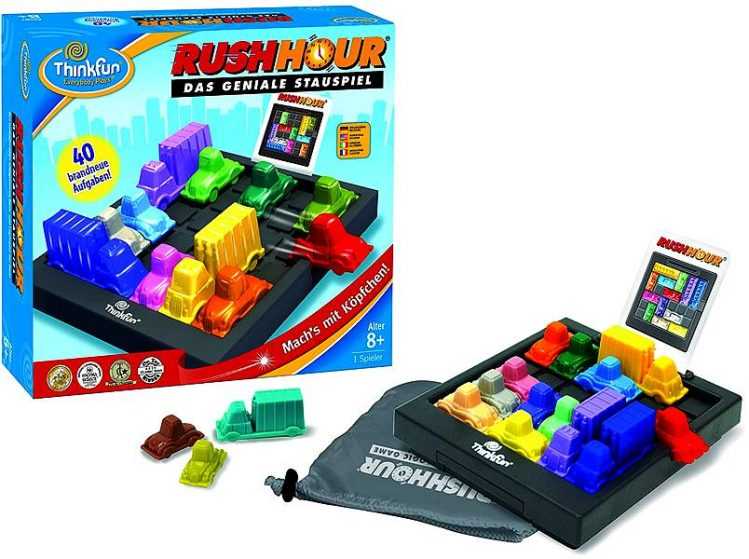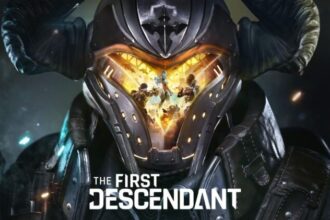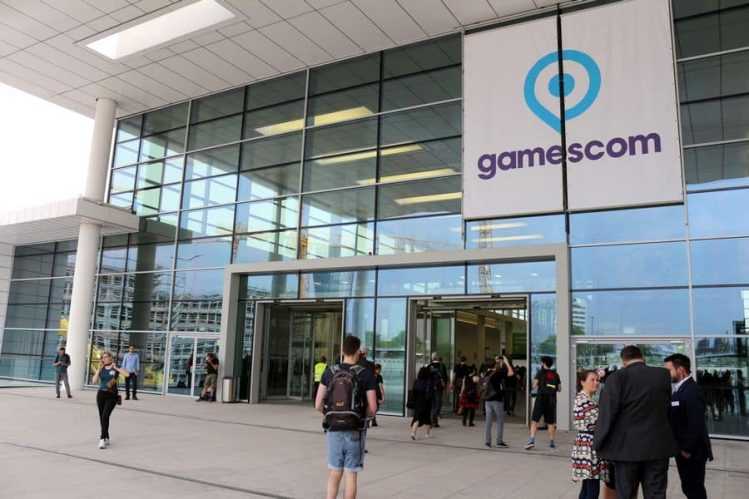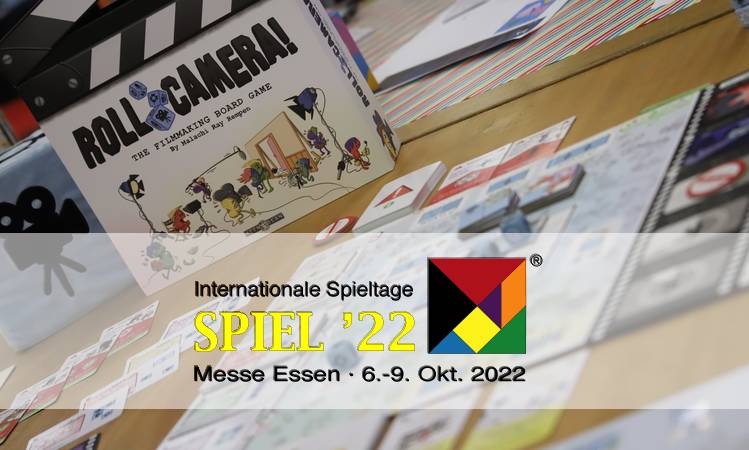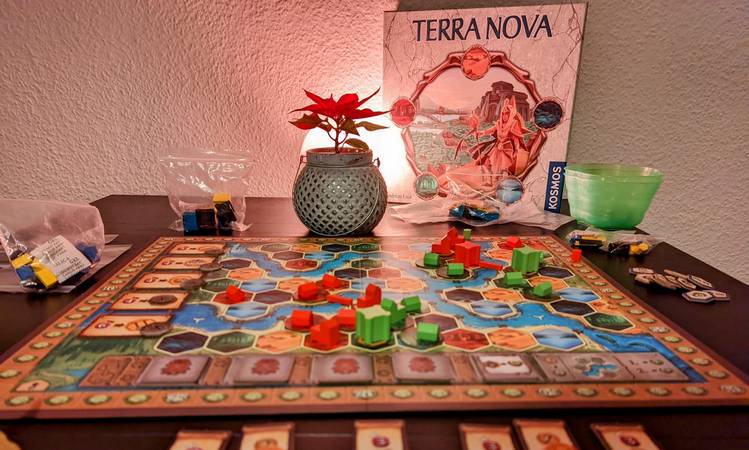-
Quick Links:
- Brettspiele
- Videospiele
- Crowdfunding
- Spiel Essen
- Gamescom
Wir suchen Verstärkung!
Autorinnen und Autoren für News, Tests und Rezensionen. Alle Bereiche.
Online seit 2014Tägliche NewsUnabhängigKritisch
Gern gelesen
Mehr aktuelle News
Star Wars Unlimited kaufen: Hier werdet ihr fündig
Star Wars Unlimited, das neue Sammelkartenspiel von Fantasy Flight Games, feiert Anfang März weltweit den Release. Hierzulande kommen die Sets,…
Star Wars Unlimited: Es geht los!
Die Pre-Release-Woche bei Star Wars Unlimited hat begonnen - in Spieleläden in ganz Deutschland fanden und finden Events statt, bei…
Star Wars Unlimited: Spoiler des nächsten Sets?
Star Wars Unlimited wird dieses Jahr um zwei weitere Karten-Sets erweitert. Die Namen der nächsten beiden Wellen sind längst bekannt,…
Disney Lorcana-Karte explodiert im Wert: Teil einer Kombo
So manche Karte von Disney Lorcana ist ein stattliches Sümmchen wert. Die Seltenheit bestimmt dabei vor allem den Preis, allerdings…
HeroQuest: Neue Erweiterung bringt Arena-Spielmodus
Mit der Neuauflage des Dungeon Crawler-Klassiker HeroQuest hat Hasbro einen Nerv getroffen: Bislang sind viele Erweiterungen erschienen, nun kommt mit…
Medienbericht: Hasbro will D&D verkaufen
Bei Hasbro kommt offenbar keine Ruhe ins Geschäft: Einem Medienbericht zufolge soll der Spielwarenriese seine Marke Dungeons & Dragons zum…
Follow Us on Socials
Editor's Choice
Must Read
Beliebteste Beiträge des Monats
Brettspiel-Rezension zu Auf den Wegen von Darwin: Eine entspannte Forschungsreise um die Welt
7.9 out of 10
Stellaris: The Machine Age erscheint im Mai
Paradox Interactive hat heute angekündigt, dass die kommende Haupterweiterung von Stellaris, The Machine Age, am 7. Mai für den PC erscheinen wird. Außerdem kündigte der Publisher die Veröffentlichung von Season 08 an, einem neuen Bundle, das die drei kommenden Stellaris-Erweiterungen und ein exklusives Spezies-Porträt enthält. Zum empfohlenen Verkaufspreis von 24,99…
OlliOlli World: Neue Erweiterung Void Riders erhältlich
Private Division und Roll7 haben heute angekündigt, dass OlliOlli World: VOID Riders,…
Drachenapokalypse auf Nintendo Switch: EarthNight Release steht bevor
Sieben Jahre lang hat Cleaversoft an EarthNight gearbeitet. Nachdem Nintendo das Independent-Videospiel…
Wrath of the Lich King – Pandemic: Brettspiel-Schlacht um Nordend
World of Warcraft wird um ein neues Kapitel erweitert - zumindest als…
New State Mobile: Horror-Crossover mit Dead By Daylight
Pünktlich zu Halloween veröffentlicht das mobile Battle Royale New State Mobile von…
Im Test: Rush Hour – Knobelspiel für Solisten mit guten Nerven
Mal wieder einer dieser Tage. Du willst etwas Spielen, aber die Anderen…
The First Descendant: Neuer Trailer auf der Gamescom
Nexon und Nexon Games haben heute auf der gamescom ONL 2023 einen…
Videospiele-Messe: Die gamescom bleibt in Köln
Gute Nachrichten für Computer- und Videospieler: Die gamescom, das weltweit größte Event…
Gamescom 2021: KoelnMesse befragt Gaming-Fans
Die Gamescom 2021 wird vom 26. bis 28. August stattfinden. In welchem…
Games-Angebot: Xbox Elite Wireless Controller Series 2 günstig
Ein Schnäppchen können Xbox-Fans derzeit auf Amazon machen. Dort gibt es den…
SPIEL’22 in Essen: Neuheiten der Verlage
Die Internationalen Spieltage (SPIEL) in Essen finden vom 6. bis 9. Oktober…
Brettspiel-Rezension zu Terra Nova: Das Taktikspiel für Familien?
Mit Terra Nova bringt Kosmos eine leichtere Kennerspiel-Version des beliebten Expertenspiels Terra…
Kinderspiel des Jahres 2020: Speedy Roll holt den blauen Pöppel
Das Kinderspiel des Jahres 2020 steht fest. Speedy Roll von Urtis Šulinskas…



